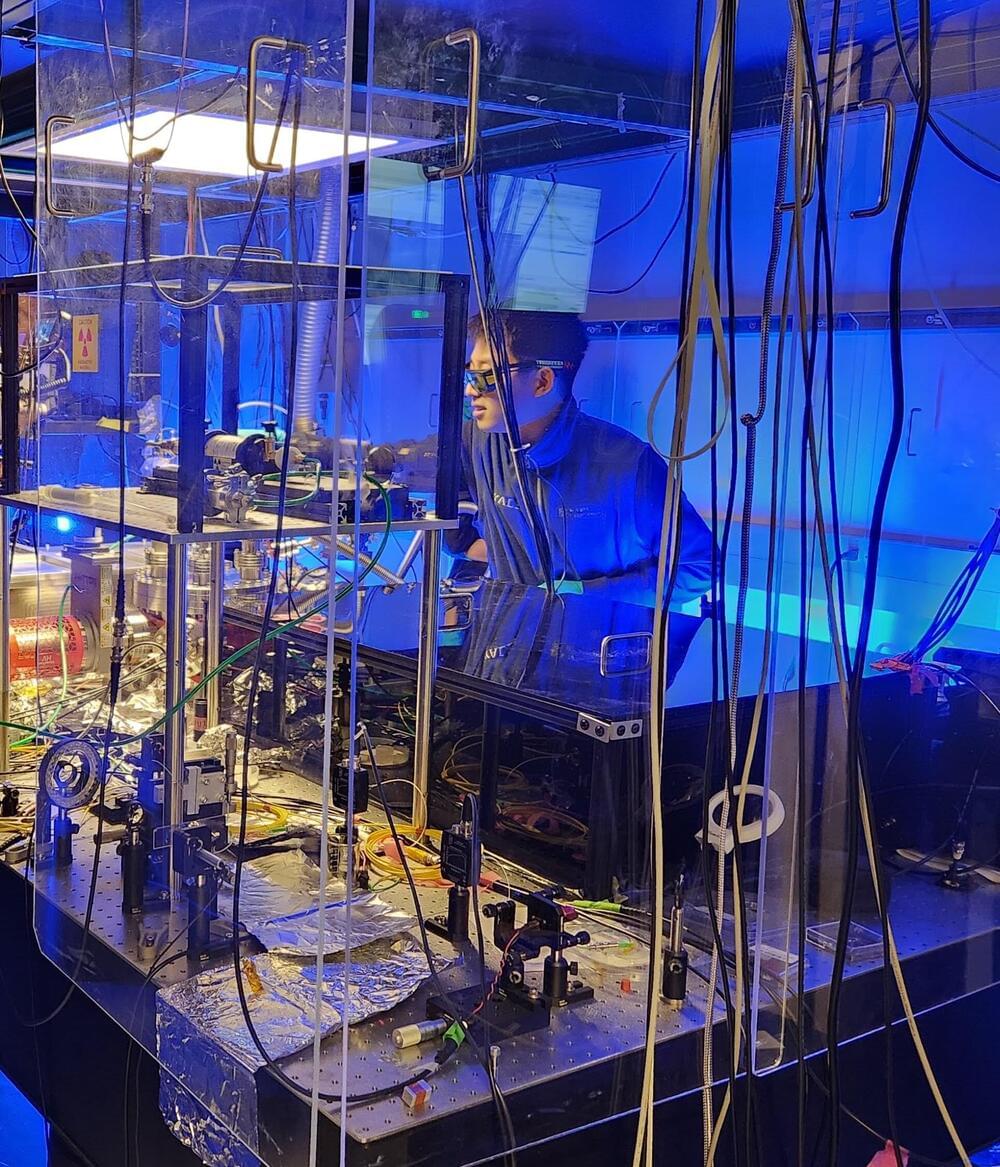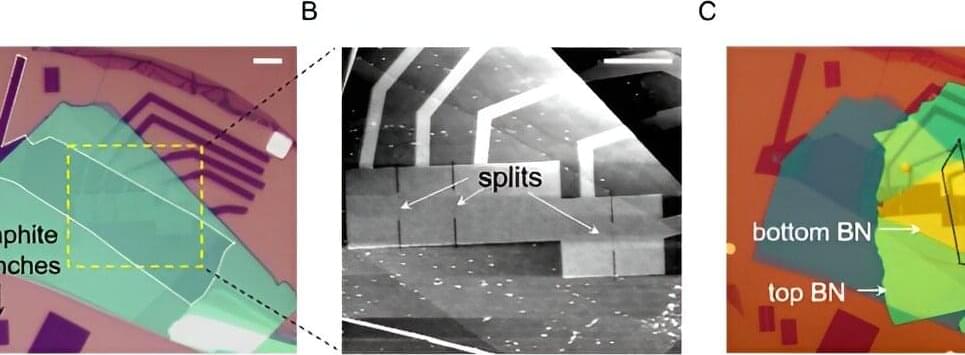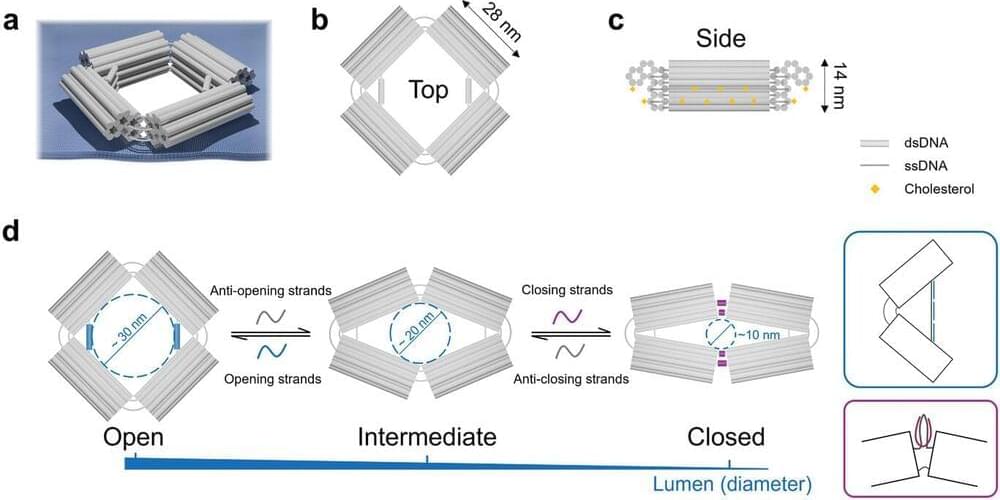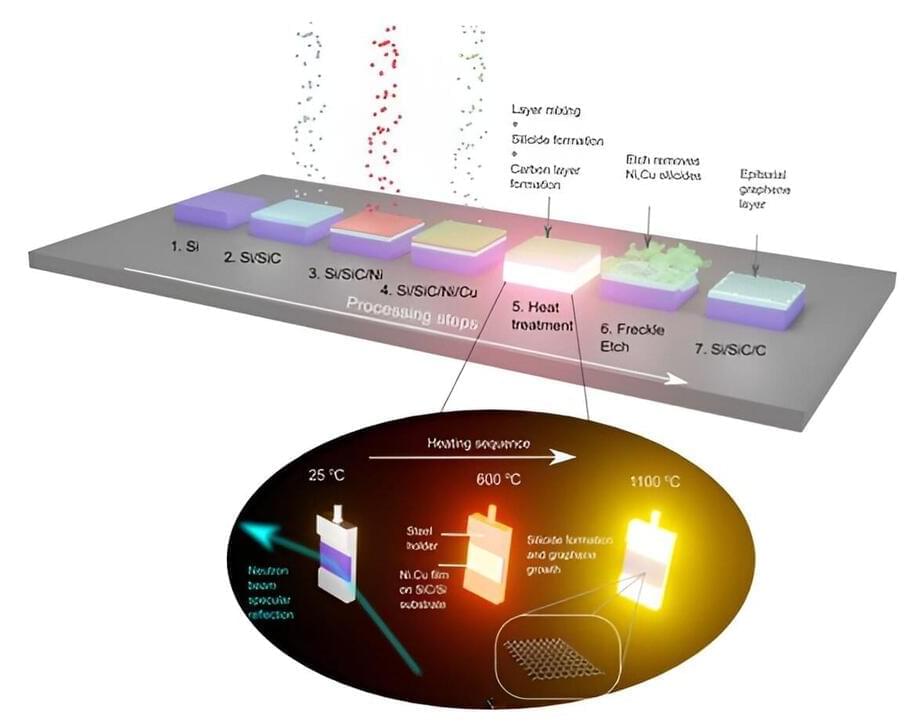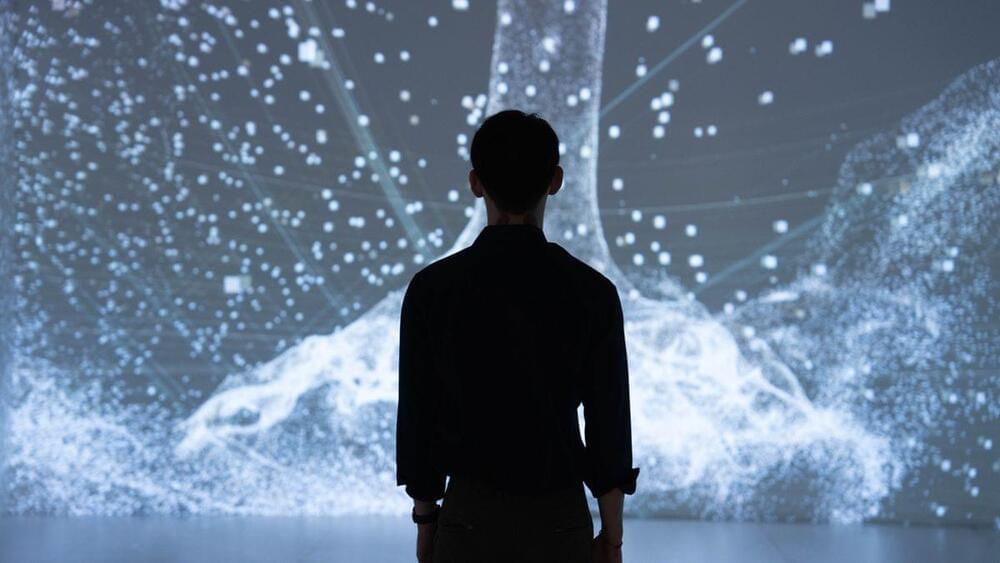One of the most common problems is spills of the salty brine that’s a toxic byproduct of pumping oil. Another is over-or under-pumping that can lead to machine failure and methane leaks. (The oil and gas industry is the largest industrial emitter of methane in the U.S.) Then there are extreme weather events, which range from winter frosts to blazing heat, that can put equipment out of commission for months. One of the wildest problems Sebastien Mannai SM ’14, PhD ’18 has encountered are hogs that pop open oil tanks with their snouts to enjoy on-demand oil baths.
Mannai helps oil field owners detect and respond to these problems while optimizing the operation of their machinery to prevent the issues from occurring in the first place. He is the founder and CEO of Amplified Industries, a company selling oil field monitoring and control tools that help make the industry more efficient and sustainable.
Amplified Industries’ sensors and analytics give oil well operators real-time alerts when things go wrong, allowing them to respond to issues before they become disasters.
